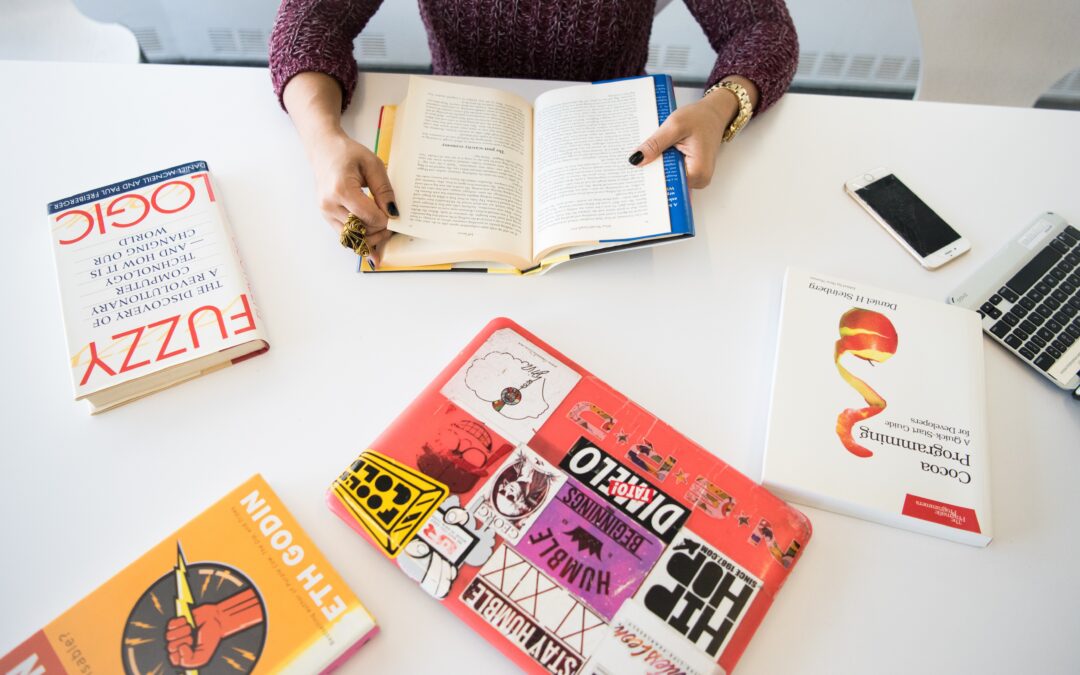
by Cortina Jenelle | Mar 21, 2023 | blog, business, creative coach, entrepreneurs, facilitation, imagination, liberation
In the last decade, the professional landscape has witnessed a profound transformation characterized by the rise of remote work modalities. This shift, indeed a significant one, has necessitated a recalibration of team-building strategies and protocols within organizations globally. We have learned how to push based the work-life balance agenda and arrive into a work-life blend.
As someone who often gets called into team-building spaces, I have observed that the integration of remote work within organizational structures has brought forth an enhanced level of flexibility and individual autonomy. Now more than ever, employees are now afforded the opportunity to design their work schedules in a manner that aligns with their personal productivity patterns, fostering a heightened sense of freedom but also, a responsibility and personal ownership over their tasks.
While it’s exciting to have doors open in a global way, this transition has not been without its set of challenges. The detachment inherent in remote work settings has, to a certain extent, diminished the spontaneous interpersonal connections that were the hallmark of traditional office environments. These casual interactions, often undervalued, were vital in nurturing creativity and fostering a collegial atmosphere. Certainly even some of my favorite co-working spaces design around those “water cooler”, “kitchen counter” conversations that could spontaneously spark creativity and collaboration from the tiniest of seeds. The digital medium, despite its many advantages, can sometimes fail to replicate the warmth and camaraderie that physical offices facilitate naturally. So how do we build robust, dynamic teams in a remote environment?
In response to these challenges, the role of team-building has assumed greater significance. The focus has now pivoted towards the development and implementation of virtual team-building initiatives that aim to bridge the gap exacerbated by physical distance. These endeavors, which include virtual coffee breaks, online recreational activities, and remote team retreats, serve as a catalyst in preserving team cohesion and fostering a vibrant organizational culture, even virtually.
It’s not just the physical environment has changed. The massive re-evaluation of leadership communication strategies is underway right along with going remote. Leaders are now tasked with fostering transparency and maintaining regular engagement with team members to ensure alignment of goals and sustained motivation levels. This paradigm shift calls for a strategic reassessment to facilitate a culture that promotes inclusivity and collaborative efforts, even from afar.
In my opinion, the more balanced, autonomous approach and the benefits it could add to personal well-being and happiness means that remote work may be here to stay. It has introduced a dynamic interplay of autonomy and flexibility, while simultaneously compelling teams to innovate in their bonding and collaborative strategies. Certainly this decade from 2020 onwards will be marked by evolutionary growth and adaptation. As facilitators or leaders of any kind, our role is to guide organizations in navigating these changing dynamics, crafting a work culture that resonates with the evolving needs and expectations of the modern workforce. How are you making that work for you?
Photo by Christina @ wocintechchat.com on Unsplash

by Cortina Jenelle | Feb 19, 2023 | blog, business, deib, facilitation
In contemporary work environments, cultivating a culture steeped in diversity, equity, inclusion, and belonging (DEIB) principles is not only beneficial but essential. Nonprofit professionals all over the country are evaluating how, or if, their current workplace environment embraces DEIB. Although there is no cookie-cutter method for how to implement DEIB, a workplace that actively promotes employee well-being, happiness, and advancement are great signs of a healthy environment.
Let’s take it a step at a time.
First, it is vital to understand and internalize DEIB principles fully. This process begins with fostering education and awareness through regular workshops and training programs aimed at enhancing employees’ understanding of DEIB. Collaborating with experts to deepen the grasp of DEIB principles can provide a rich, well-rounded perspective. Furthermore, encouraging introspection within the workplace is key. Employees should be urged to examine their own biases and perspectives critically. Facilitating open dialogues where individuals can share experiences and insights can be a transformative exercise, fostering understanding and empathy.
The second step involves the meticulous implementation of DEIB-focused policies. During the recruitment phase, efforts should be directed towards attracting a diverse talent pool that reflects various backgrounds and experiences. Instituting a bias-free selection process can be instrumental in achieving this. Additionally, emphasis should be placed on employee development, promoting career progression for all, especially those from underrepresented groups. Introducing mentorship programs can play a pivotal role in nurturing diverse talents and fostering a sense of community and support.
Moving forward, fostering an inclusive environment is of paramount importance. This includes nurturing a workplace culture that encourages the use of inclusive language and the creation of safe spaces where employees can express themselves without fear of judgment. Flexible work policies can also be a vital aspect of this inclusive environment. Offering options like remote work and advocating for a healthy work-life balance can cater to the diverse needs of the workforce, promoting overall well-being.
After that foundation is laid, adopting a stance of continuous evaluation and improvement can further enhance the effectiveness of DEIB initiatives. This involves establishing channels for employees to provide feedback on existing initiatives and conducting regular surveys to gauge the experiences and perspectives of employees. Utilizing data-driven approaches, like data analysis, can aid in measuring the success of DEIB initiatives, allowing for necessary adjustments based on insights gleaned from the data.
Finally, a concerted effort must be made to promote a sense of belonging and well-being within the organization. Community-building initiatives such as team-building activities can foster a strong sense of community and belonging. Establishing support networks where employees can find assistance and guidance can be a comforting addition. Moreover, introducing well-being initiatives like mental health support and wellness programs can significantly contribute to the physical and mental well-being of employees.
By thoroughly integrating DEIB principles into every facet of an organization, it is possible to create a workplace that is not only inclusive and equitable but also fulfilling, supportive and productive. This gets us one step closer to an environment fosters a high level of well-being, happiness, and advancement for all employees, setting the stage for a harmonious and progressive organizational culture.
Photo by Miles Peacock on Unsplash


